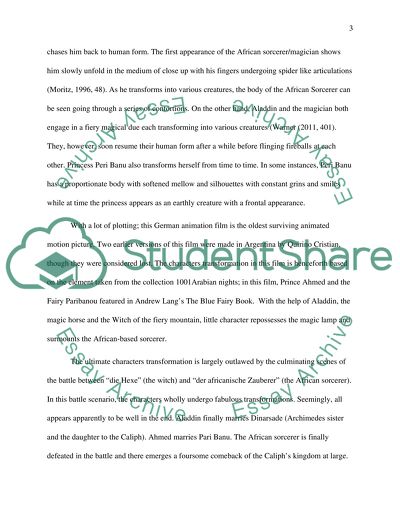Cite this document
(“Fairy Tale Adaption Films Essay Example | Topics and Well Written Essays - 2500 words”, n.d.)
Retrieved de https://studentshare.org/visual-arts-film-studies/1670581-fairy-tale-adaption-films-essay
Retrieved de https://studentshare.org/visual-arts-film-studies/1670581-fairy-tale-adaption-films-essay
(Fairy Tale Adaption Films Essay Example | Topics and Well Written Essays - 2500 Words)
https://studentshare.org/visual-arts-film-studies/1670581-fairy-tale-adaption-films-essay.
https://studentshare.org/visual-arts-film-studies/1670581-fairy-tale-adaption-films-essay.
“Fairy Tale Adaption Films Essay Example | Topics and Well Written Essays - 2500 Words”, n.d. https://studentshare.org/visual-arts-film-studies/1670581-fairy-tale-adaption-films-essay.


